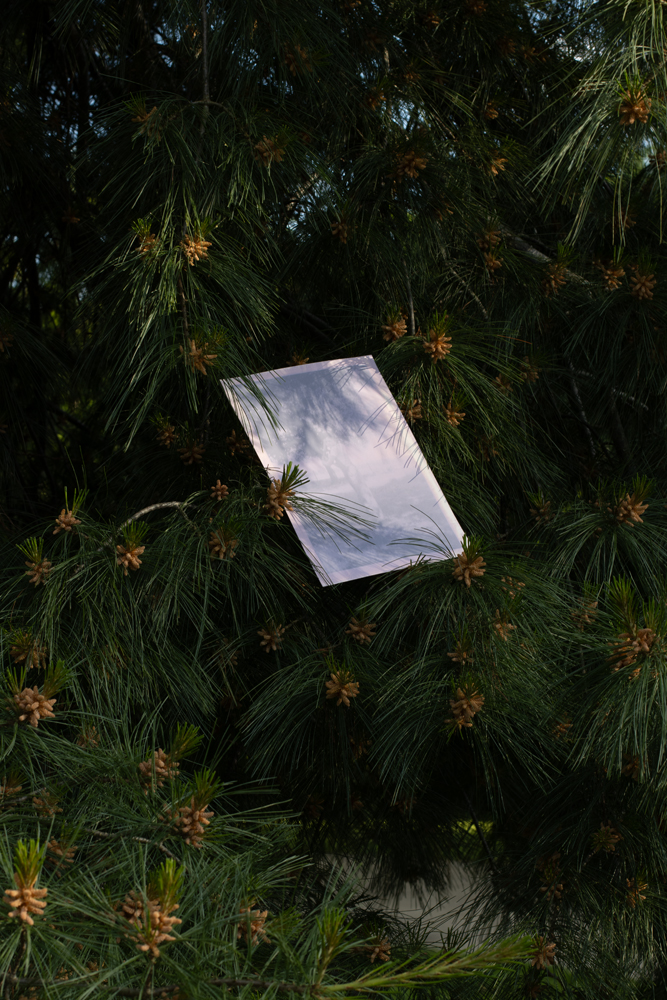
©Taylor Hedrick, Dad at Bat
This week, we will be exploring projects inspired by memory, place, and/or intimacy. Today, we’ll be looking at Taylor Hedrick’s series Sun Felt.
I’ve been following Taylor Hedrick’s on Instagram for a few years now. I was drawn to his experimentation in photographic processes, something I feel many artists take for granted. Taylor balances these explorations with empathetic images any viewer can feel. Sun Felt has been really exciting to watch grow. It asks a lot of questions that anyone who has an affinity for family histories finds. Many photographers find solace in historical images where the stories and people have been lost to time. Taylor is able to balance these ideas without overworking the images as well, allowing both new and old images to tell these stories. I cannot wait to see how Taylor’s work and experimentation continue to grow.
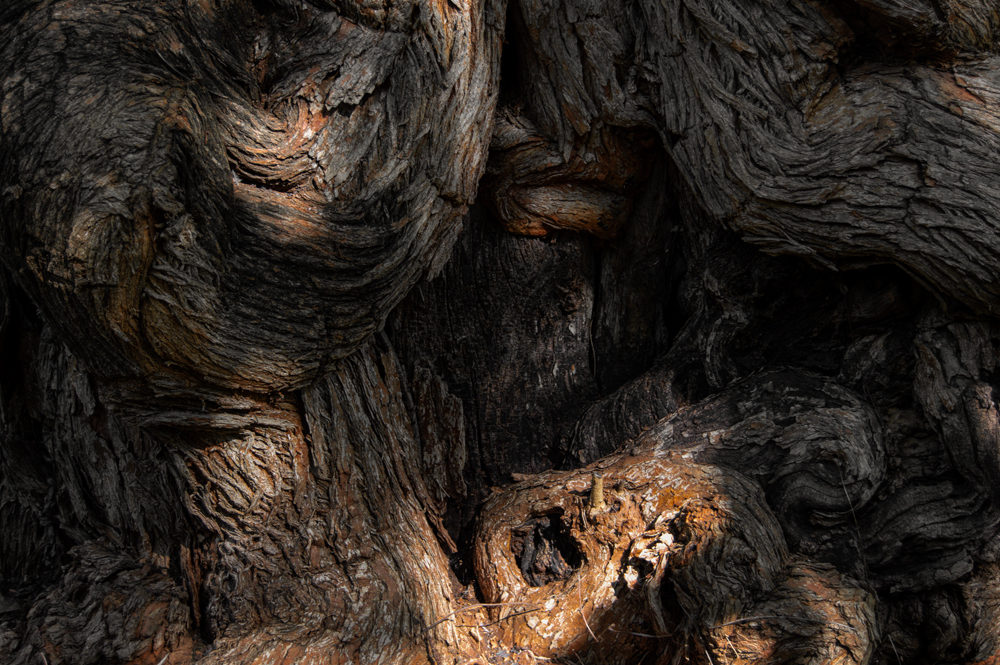
©Taylor Hedrick, Knots
Taylor Hedrick is an artist currently based in Madison, Wisconsin, where he is a Photography Instructional Technician at the University of Wisconsin-Madison. He received his MFA, with an emphasis in photography, at the University of Iowa in Iowa City, Iowa, and his BFA in studio arts from the University of Arkansas in Fayetteville, Arkansas. Taylor’s work uses alternative photographic processes, time-based media, printmaking, and book arts to navigate topics of past traumatic events, family values, and masculinity. Taylor has displayed his works nationally, showcasing work in Arkansas, Iowa, Massachusetts, and Utah, among other states. His most recent achievement was inclusion and award of honorable mention in a juried group show, “nice;02″, where the work is still on display in the JFAC Gallery at Northern State University in Aberdeen, SD.
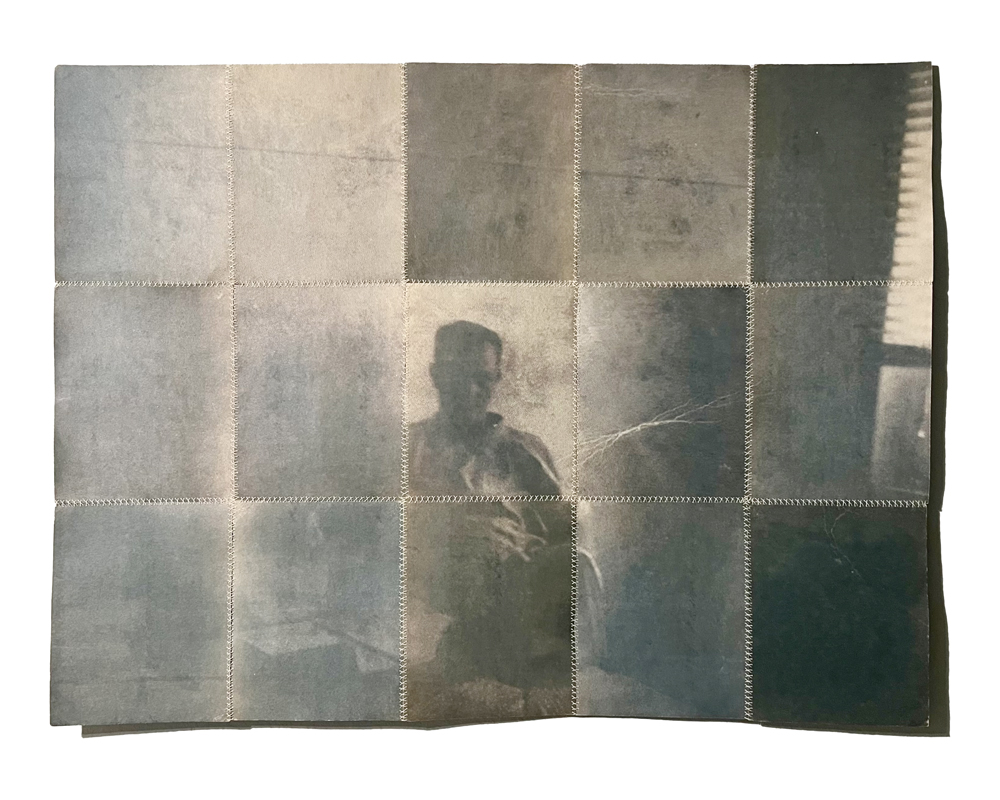
©Taylor Hedrick, Sirens (Grandpa Pat in Vietnam)
Sun Felt
Sun Felt is an ongoing series that delves into a visual narrative of my family and self. It is a collection of work that weaves together the family archive, my personal archive, and still moments of remnants to unravel a sense of identity. The identity in question is born from ideas of masculinity, the presence or absence of family, and stigmas related to time and place. The work displays relationships between family, some still with us and others who have passed, nature in states of growth and decay, and still moments leaving behind a sense of presence. The correlation of imagery is a reflection of how family, past and current, affects the present living generation, the digestion of family history, and the impact of proper and improper teachings passed down from one generation to the next—posing the question of how I want to live, what do I want to pass down, what kind of legacy I want to leave behind.

©Taylor Hedrick, Of the Same Brush
Epiphany Knedler: How did your project come about?
Taylor Hedrick: My mother’s passion for scrapbooking sparked this ongoing project. From my earliest memories, I recall her meticulously crafting books of memories, each one dedicated to a specific moment or person. Flipping through these books, witnessing their creation, and the stories they told have always captivated me. It’s a unique blend of place, family, and past that I’ve found myself drawn to.
My first thoughts of creating this work began in 2020 when I was quarantining with my parents in Arkansas. One day, my mother pulled out two boxes of older family photos, one box of my mother’s side of the family and one of my father’s side. There were moments I had never seen before, and a slew of questions followed, asking who I was looking at, where they were, and the time frame. Undoubtedly, discovering these family photos during a time of uncertainty influenced the work’s theme. Each time I came home to visit my family, I’d look through the family archive and make scans of the images. It wasn’t until 2022, while I was away from my family working in Colorado as a studio assistant that I began to make prints using the images from my family archive.
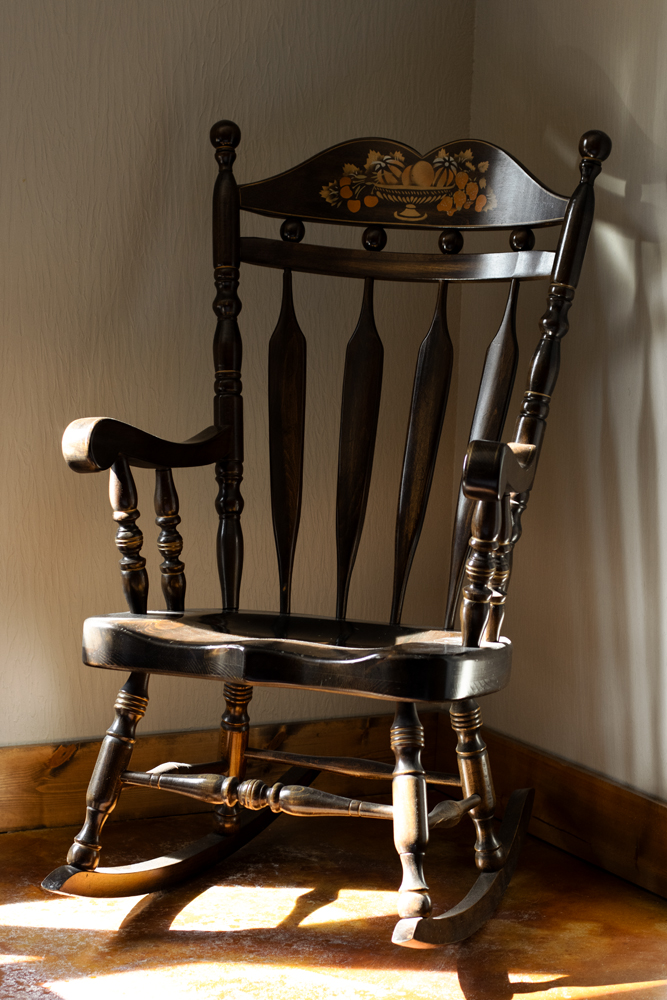
©Taylor Hedrick, Nancy’s Rocker
EK: What relationship does memory/intimacy/trauma play within your practice, and does photography become a way to navigate these complex topics?
TH: Memory and intimacy are significant to this work. Much of this current series is constructed from my family archive, memories dating back to the 1930s. The majority of the individuals within the photos are no longer with us, and I am slowly discovering information from older family members. Within that information, trauma is apparent, some of which is unspoken but still present. For example, the image within the piece “Sirens” is a photograph of my grandfather in Vietnam during his enlistment. He is still with us but does not speak of that time casually; from what my family has told me of personal accounts, that time was traumatic for my grandfather. It is a conversation I would like to speak to him about, to hear his perspective, hopefully someday soon.
Photography is how I open up the conversation to navigate these topics. With this current body of work, I frequently think about the family that came before me, whom I will never truly know, yet how their lives, in one way or another, caused my life, among others, to come into being. A cause and effect of life, how one life moment influences another. The photographs allow me to glimpse into different ancestors and memories within individual photos; occasionally, a glimpse of connections between the images becomes apparent.
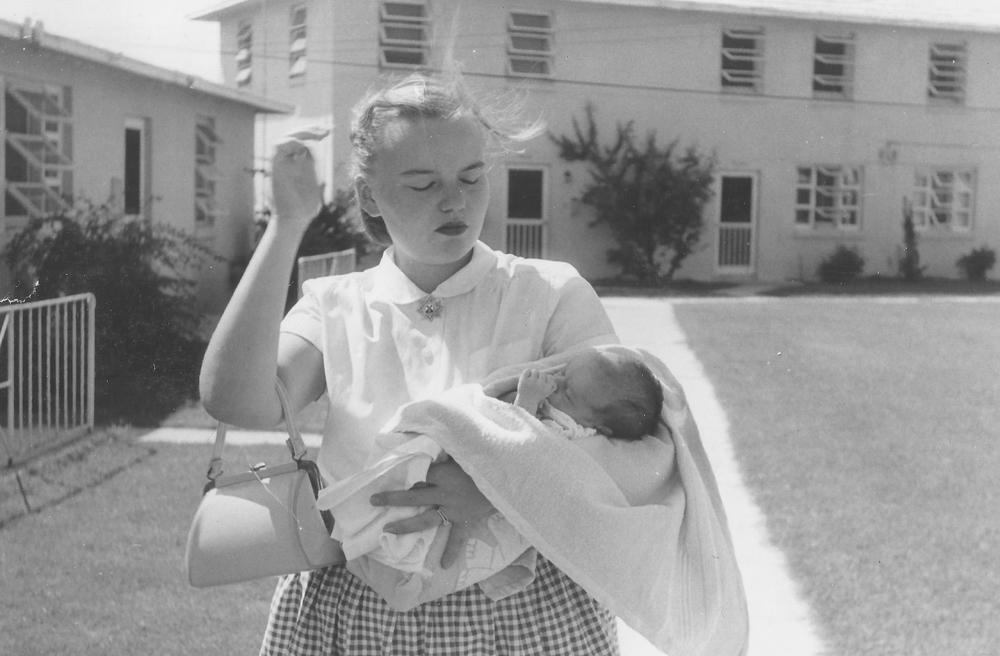
©Taylor Hedrick, Because of her, is you.
EK: Is there a specific image that is your favorite or particularly meaningful to this series?
TH: A photo of my grandma Nancy holding her firstborn, my aunt Susan. My grandma passed away when I was less than a year old. I often hear stories of her, and my grandfather tells me how much she would have loved me in the yearly letters he writes me. In a more recent letter, he spoke about her; he said, “Because of her, is you.” I wonder what it would have been like to grow up with her around. When I look at this photo, I imagine what it might have looked like when she held me. I’m still unsure what to do with this photograph in this series; it may stay as its own photo or pair it with a photo of her rocking chair that my grandfather gifted her, which now resides in my parents’ home. I’m considering how those who spent time with her while she was alive saw her compared to what objects or information brings her memory to me.
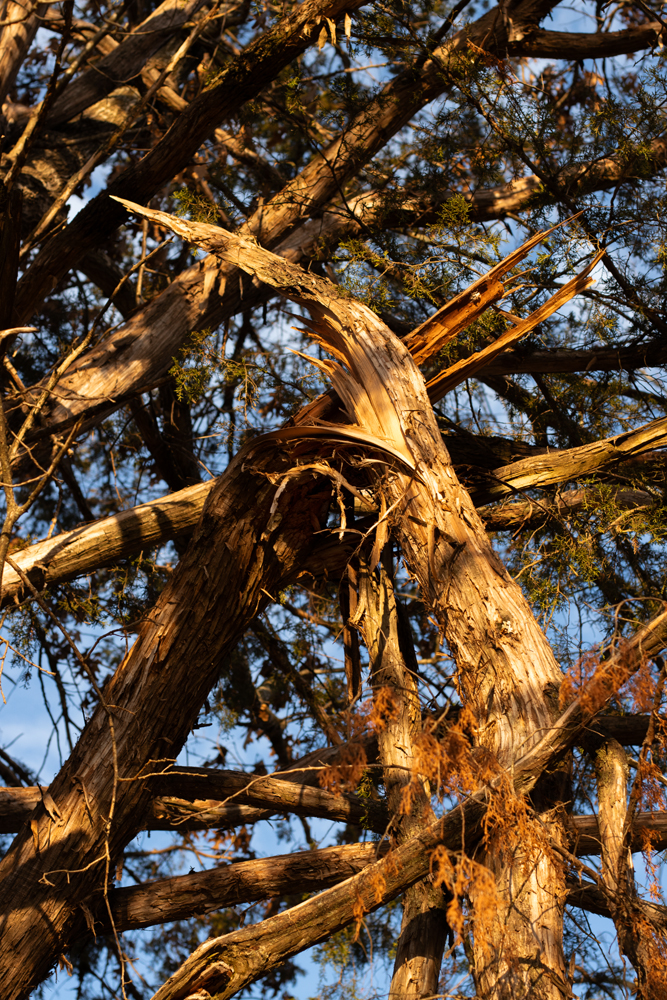
©Taylor Hedrick, Wretched
EK: Can you tell us about your artistic practice?
TH: My practice involves a good amount of play, experimentation, and emotions. In most cases, the image is the starting point of a final artwork. Once I have made or found an image, I begin to think about what it is of or who it depicts. I often write about the photos I return to, attempting to find the closest words to what the image evoked and understand why those images keep a hold on me. This practice plays into what process or treatment I give to a photo. I often find ways to alter the image, add to the image, or choose a specific method for image-making to bring new information to the photograph that I came about through my writing practice.
Often, an artwork is seen without a statement or artist present to inform about it. To allow more information or context, I choose specific methods of making. When an art piece is finished, I want the photographic process, alteration, and installation method to enhance what the original image invoked in me.
At the moment, I am using alternative photographic processes such as lumen or cyanotype for portrait images within my family archive. Having the sun or UV light as the prominent component of the transformation from image to print accurately reflects how I feel about the people within the photos. They came and lived in this world with the sunlight; it only feels appropriate for the pictures I am making of them to need the sun for the making process.
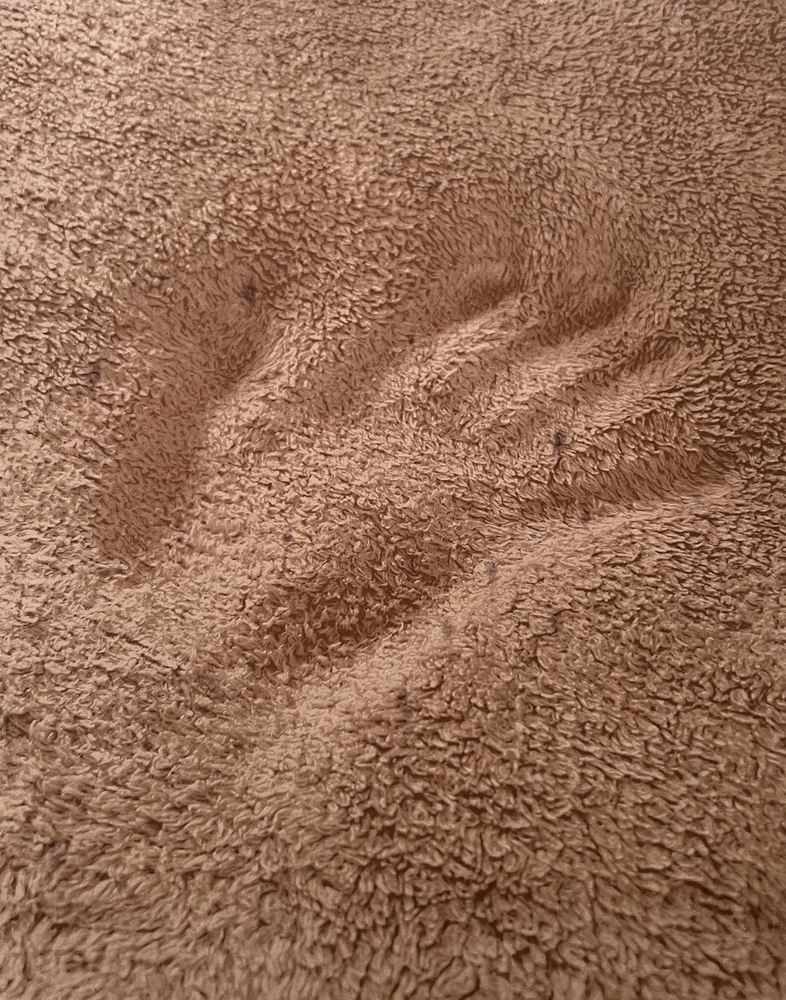
©Taylor Hedrick, Hindsight Remnant
EK: What’s next for you?
TH: I recently moved to Madison, Wisconsin, as I am the new Instructional Technician in the Photography Area at the University of Wisconsin-Madison. As a peculiar matter of life, my grandfather lives not too far from me now; I recently visited him on his 93rd birthday. I didn’t pass up the chance to photograph him and his home.
I am continuing to make images for this body of work. I am still discovering what this body of work is truly about, and through the act of making, I uncover the majority of answers that are still not present. I recently had a studio visit with a friend and mentor who advised me to visit special collections at different Universities or libraries to see what I may find outside of my family’s archive that could relate. I’m interested in broadening my view to see what I may discover.
This body of work is in the early stages of being made into a book. I already find myself sequencing the images in specific ways to tie connections between different individuals and objects that hold relationships. The stories and historical factors shared with me about my
family cannot be easily read within the photographs deriving from my family archive. A book format would allow written thoughts and discoveries about the present images.
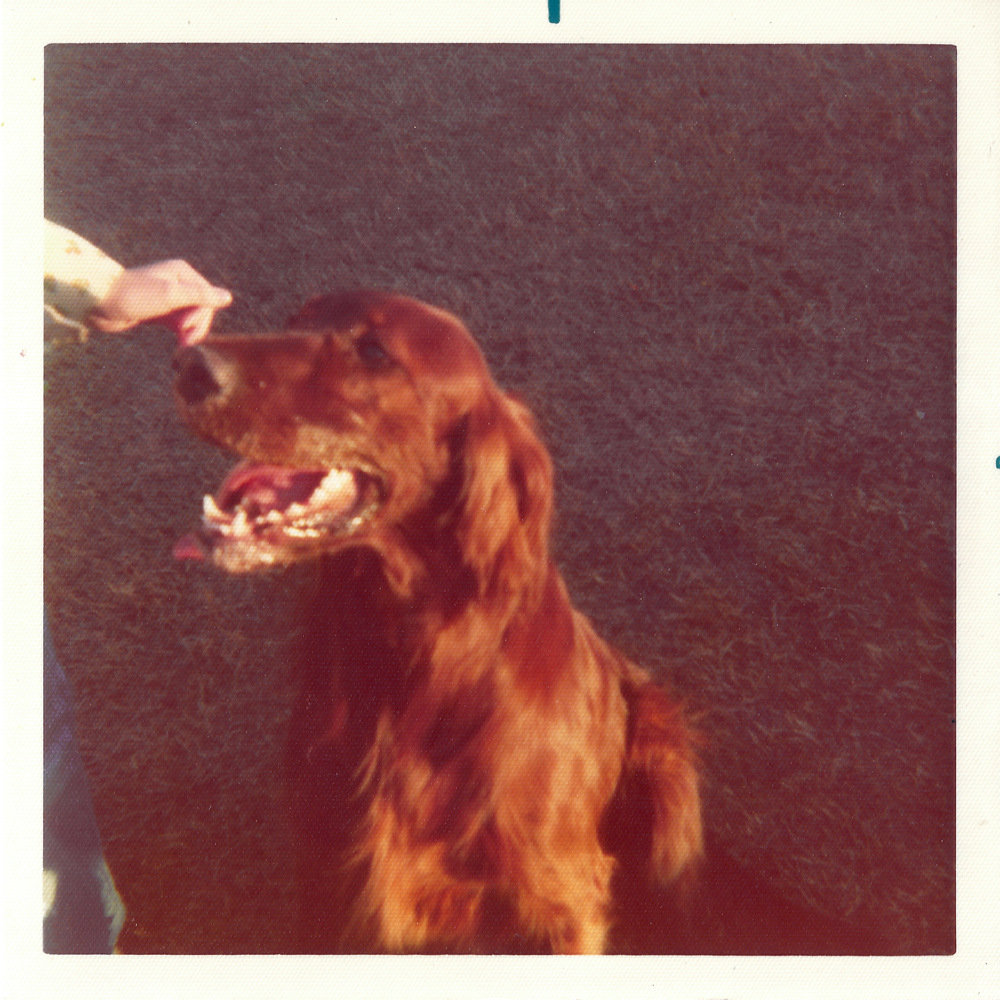
©Taylor Hedrick, Shannon, someone’s best friend.
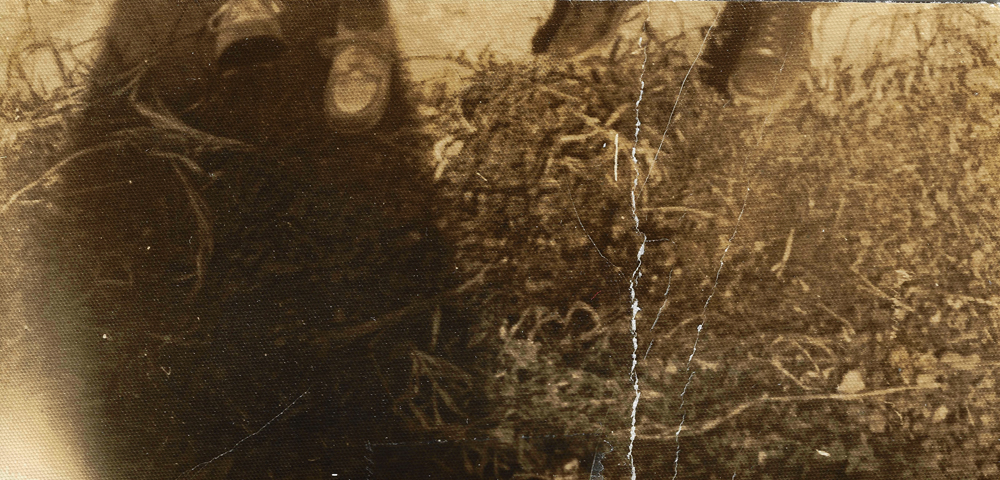
©Taylor Hedrick, Soles

©Taylor Hedrick, Desires and Blooms

©Taylor Hedrick, So, where’s home?
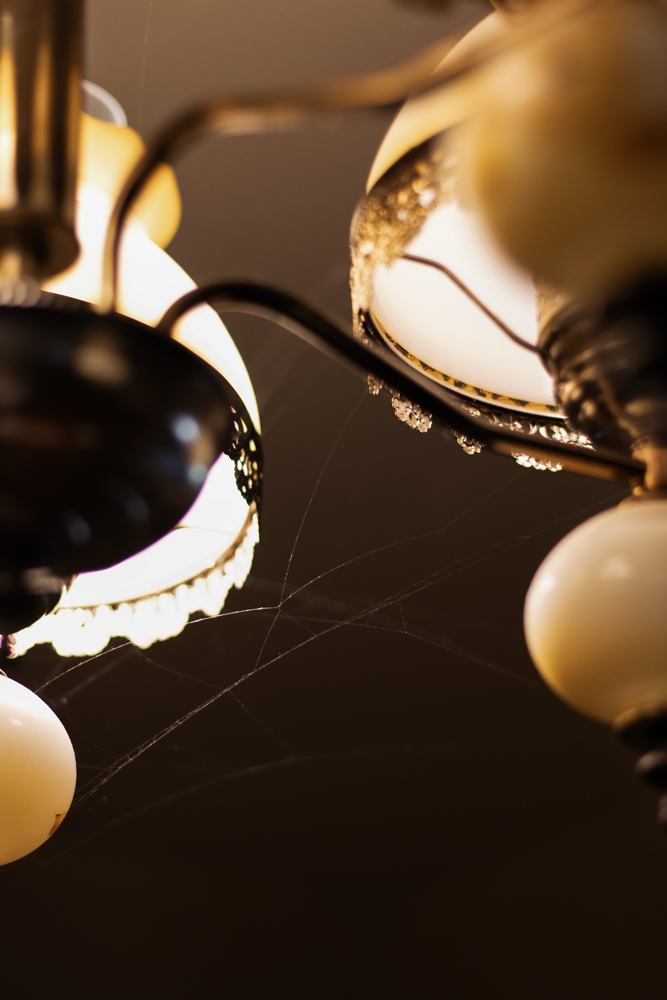
©Taylor Hedrick, Grandfather’s Chandelier
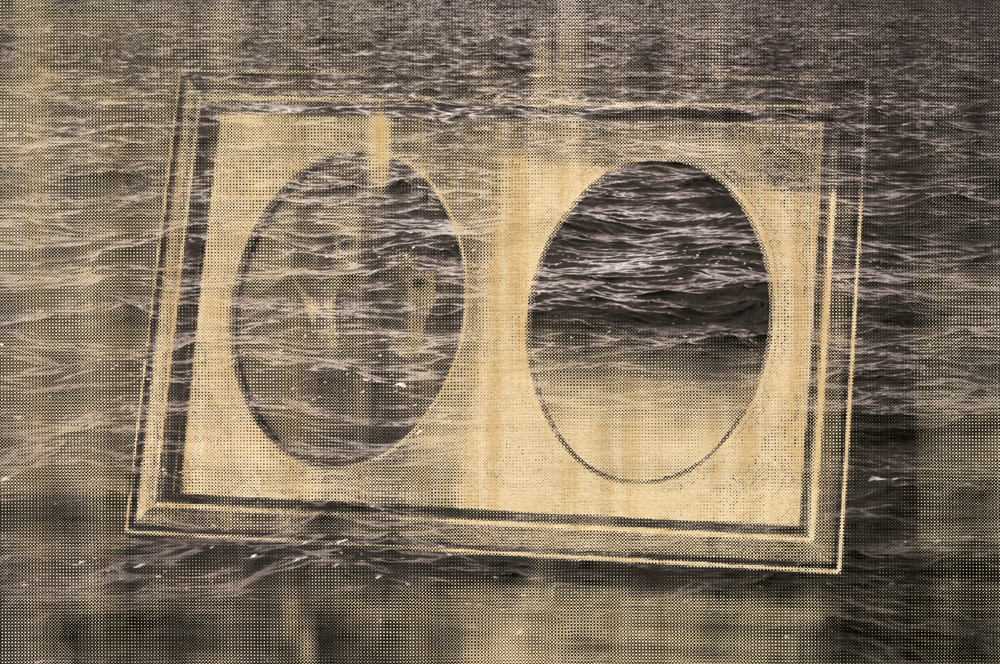
©Taylor Hedrick, You’ll never know, but thank you
Epiphany Knedler is an interdisciplinary artist + educator exploring the ways we engage with history. She graduated from the University of South Dakota with a BFA in Studio Art and a BA in Political Science and completed her MFA in Studio Art at East Carolina University. She is based in Aberdeen, South Dakota, serving as a Lecturer of Art and the co-curator for the art collective Midwest Nice Art. Her work has been exhibited in the New York Times, Vermont Center for Photography, Lenscratch, Dek Unu Arts, and awarded through the Lucie Foundation, F-Stop Magazine, and Photolucida Critical Mass.
Follow Epiphany on Instagram: @epiphanysk






































































